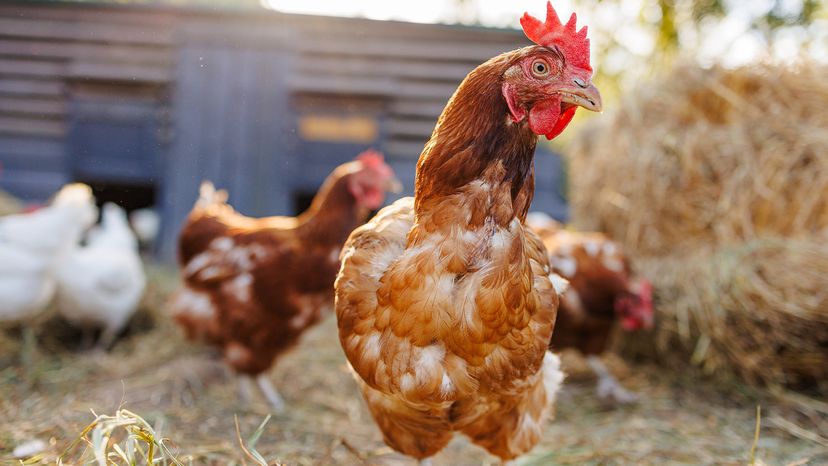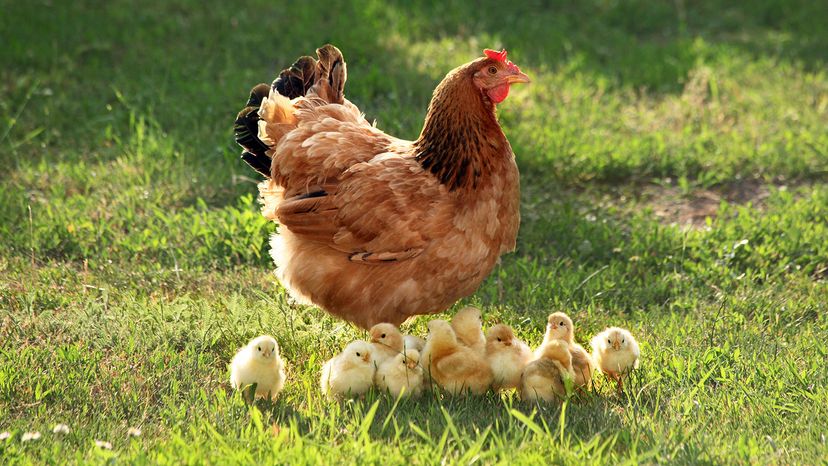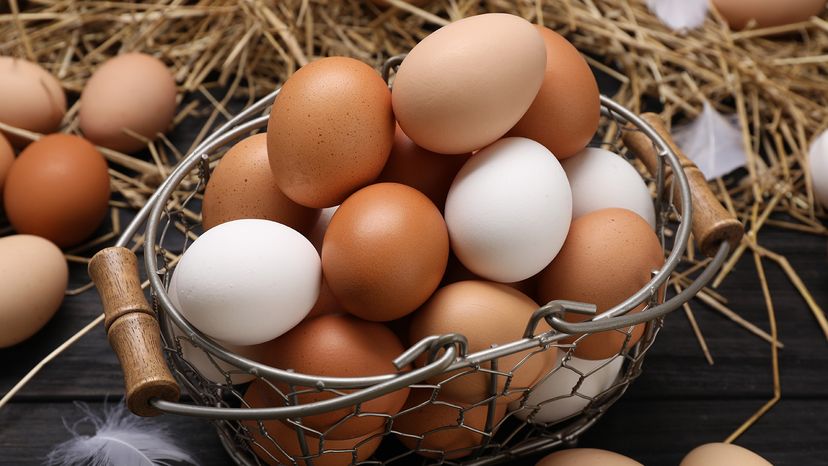People often confuse the terms because both hens and roosters are chickens, and we tend to use the term "chicken" more in food contexts. Even in poultry farming, terminology varies by country, breeder, and purpose.
Understanding the differences — from sexual maturity and egg laying to meat cuts and breeding behaviors — is essential whether you're raising a backyard flock or buying from a grocery store
We created this article in conjunction with AI technology, then made sure it was fact-checked and edited by a HowStuffWorks editor.


